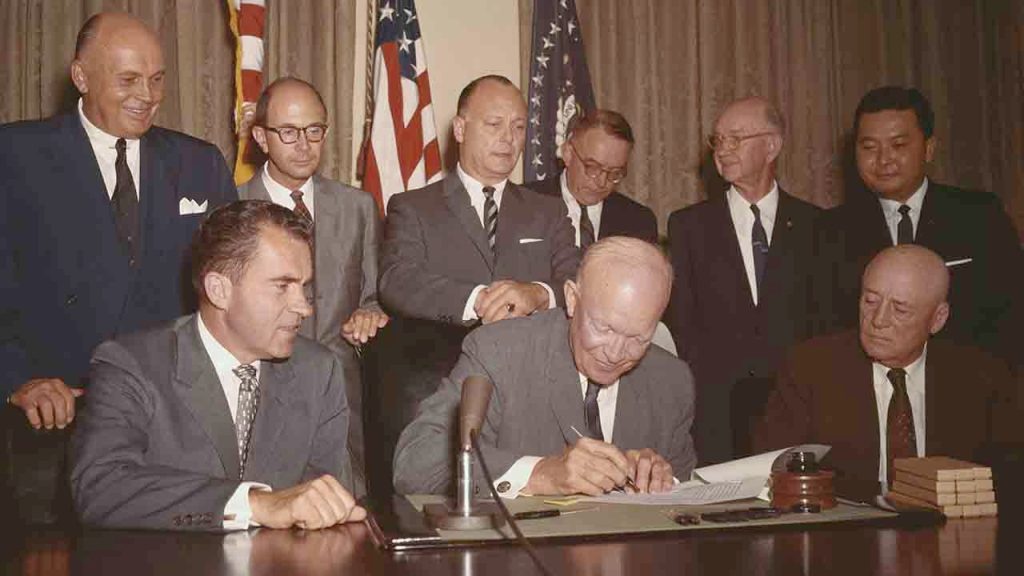President Dwight Eisenhower signed a proclamation declaring Hawaii the 50th state on August 21, 1959. This significant event marked the second state added to the United States within that year, with Eisenhower welcoming Hawaii to the union in extemporaneous remarks. Hawaiian statehood resulted in the makeup of Congress consisting only of senators and members of Congress instead of delegates. The Hawaii Admission Act, passed in March 1959, paved the way for the statehood and required Hawaiians to vote on whether they wished to join the United States as a state.
The historic vote took place in June 1959, with Hawaiians overwhelmingly choosing to be admitted as a state, marking the highest electoral turnout in state history. This momentous occasion came more than half a century after the United States annexed Hawaii in 1898, with the island chain’s rich history dating back to Polynesian arrival roughly 1,500 years ago. Captain James Cook’s landing on the island of Kauai in 1778 marked the first European contact, followed by the unification of the Hawaiian islands under King Kamehameha I in 1810.
The monarch-led rule in Hawaii continued until 1887, when the 1887 Constitution stripped much of the monarchy’s authority and established the Republic of Hawaii in 1888. Queen Liliʻuokalani’s overthrow in 1893 led to the establishment of the republic, which was later succeeded by the creation of the Territory of Hawaii in 1900. President William McKinley appointed Sanford Dole as the territorial governor, solidifying U.S. control over the Hawaiian territory. Hawaii’s journey to statehood was a complex and transformative process that spanned centuries of history and cultural evolution.
The attack on Pearl Harbor on December 7, 1941, by Japanese forces thrust Hawaii into the global spotlight as 2,403 Americans were killed, including service members and civilians. The USS Arizona bore the brunt of the attack, with 1,177 service members losing their lives on the ship. August 21 is commemorated in Hawaii as Statehood Day, with festivities and celebrations marking the occasion each year. The statehood proclamation signed by President Eisenhower ushered in a new era for Hawaii, solidifying its place as the 50th state in the United States and strengthening the union with the addition of a full sister to the other 49 states.
The Hawaii Admission Act, which facilitated the statehood process, emphasized the importance of Hawaiians’ voting rights and their decision to join the United States as a state. This democratic process, culminating in the vote for statehood, reflected the desires and aspirations of the Hawaiian people. The rich cultural heritage and historical significance of Hawaii, from its Polynesian roots to its establishment as a kingdom and later a republic, underscore the complexities and nuances of its path to statehood. As Hawaii commemorates its Statehood Day each year, it is a reminder of the unity and diversity that enriches the United States and the ongoing journey towards building a stronger nation.


